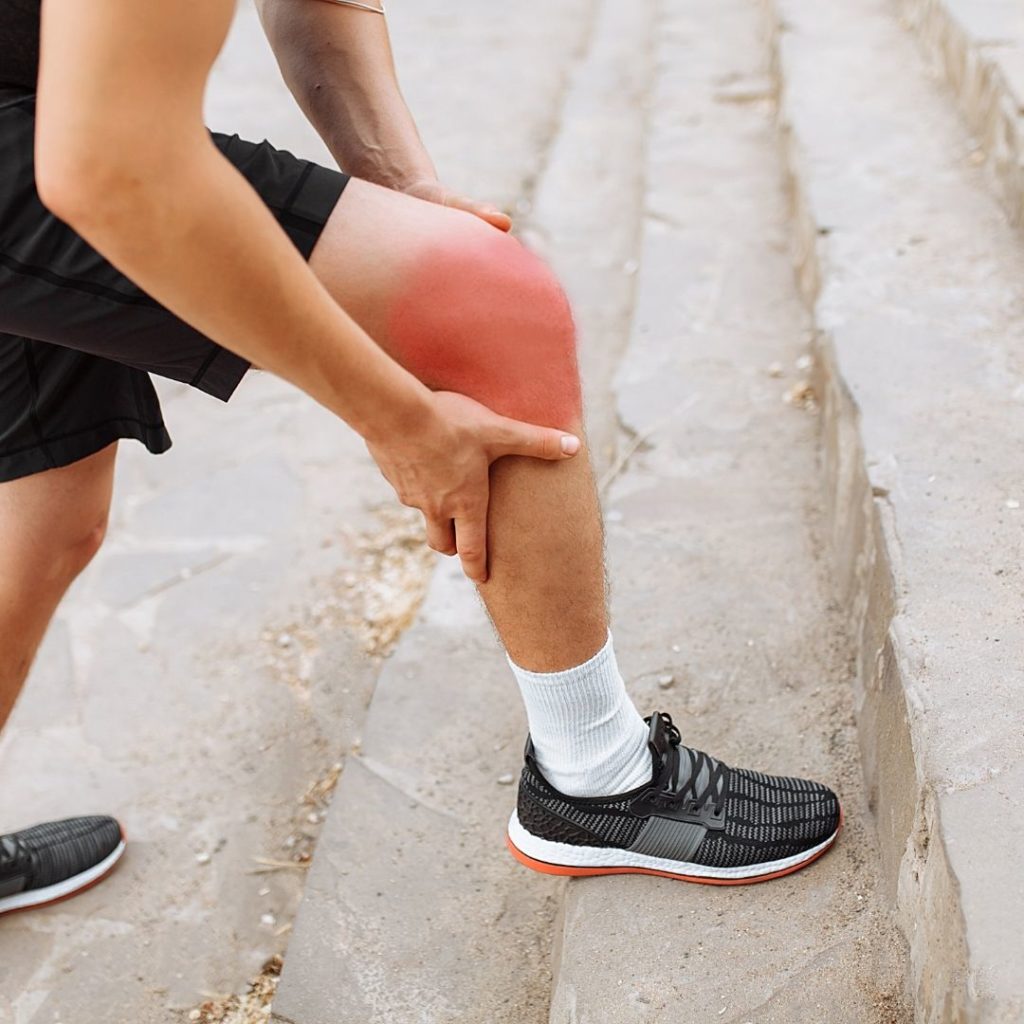Osgood-Schlatter disease consists of a painful and bony bump located on the shinbone. The bump occurs when the thigh muscles pull on the tendon that connects the kneecap to the growth plate at the top part of the shinbone. The body tries to close the gap with new bone growth, creating the bump. At H&D Physical Therapy, we can provide physical therapy for knee pain on the Upper East Side. Our physical therapist will work with you to reduce symptoms from Osgood-Schlatter disease.
Who Is Susceptible to Osgood-Schlatter Disease?
Most cases of Osgood-Schlatter disease are apparent in children who play sports that consist of running and jumping. Some examples of the sports that cause Osgood-Schlatter disease include soccer, basketball, figure skating, and ballet. Typically, the condition is evident in boys aged 12 to 14 and girls aged 10 to 13. These age ranges are vulnerable because most cases of Osgood-Schlatter disease occur within children and teenagers going through puberty. It happens during puberty because the body experiences growth spurts at this time. Most times, the condition only affects one knee, but it can occur in both.
Symptoms of Osgood-Schlatter Disease

Knee pain and swelling of the shinbone are some of the symptoms accompanying Osgood-Schlatter disease. The pain worsens when pressure is applied through physical activity like jumping or running, but the pain can ease with rest. The condition and its pain can last for multiple months and commonly goes away on its own when the child’s bones stop growing after puberty.
The Diagnosis of Osgood-Schlatter Disease
A doctor should conduct a physical exam to check the knee for tenderness, pain, swelling, or redness and determine if you or your child have Osgood-Schlatter disease. Imaging tests, such as X-rays, might be ordered to help look at where the tendon attaches to the shinbone. If Osgood-Schlatter is the diagnosis after the tests, then a doctor can recommend physical therapy for knee pain on the Upper East Side for treatment.
Treatment Methods
In most cases, no formal treatment is required for Osgood-Schlatter disease because the condition goes away on its own. However, treatment options can be provided to ease pain symptoms. One treatment method is to take over-the-counter pain relievers such as acetaminophen, ibuprofen, or naproxen sodium. Another option is to attend physical therapy for knee pain on the Upper East Side. A physical therapist can teach exercises that stretch the thigh’s quadriceps and reduce tension. You should attend physical therapy at least once a week, and you should repeat the exercises you learn at home. A patellar tendon strap is another option. A patellar tendon strap is a band placed below the knee to decrease strain on the tendon connecting your patella and shinbone. In very rare and extreme cases, a specialist can perform surgery to remove the bony bump.
Osgood-Schlatter Disease Complications
Complications are rarely seen in cases of Osgood-Schlatter disease. If complications arise, it might include more chronic pain and localized swelling. It is not uncommon for a tiny bump to remain on the shinbone after subsided symptoms. The bump should not interfere with the knee’s function. The shin bone’s growth plate can be pulled away in infrequent circumstances.
Contact Our Team For Physical Therapy for Knee Pain on the Upper East Side
Osgood-Schlatter disease is a painful condition that can slow you or your child down. Consider our team at H&D Physical Therapy to take the pain away with the necessary treatment. Physical therapy for knee pain on the Upper East Side is an excellent option you can use to decrease pain and swelling symptoms associated with Osgood-Schlatter disease. Contact our office to schedule a consultation with our specialist and figure out the necessary steps to alleviate your symptoms.
You must be logged in to post a comment.